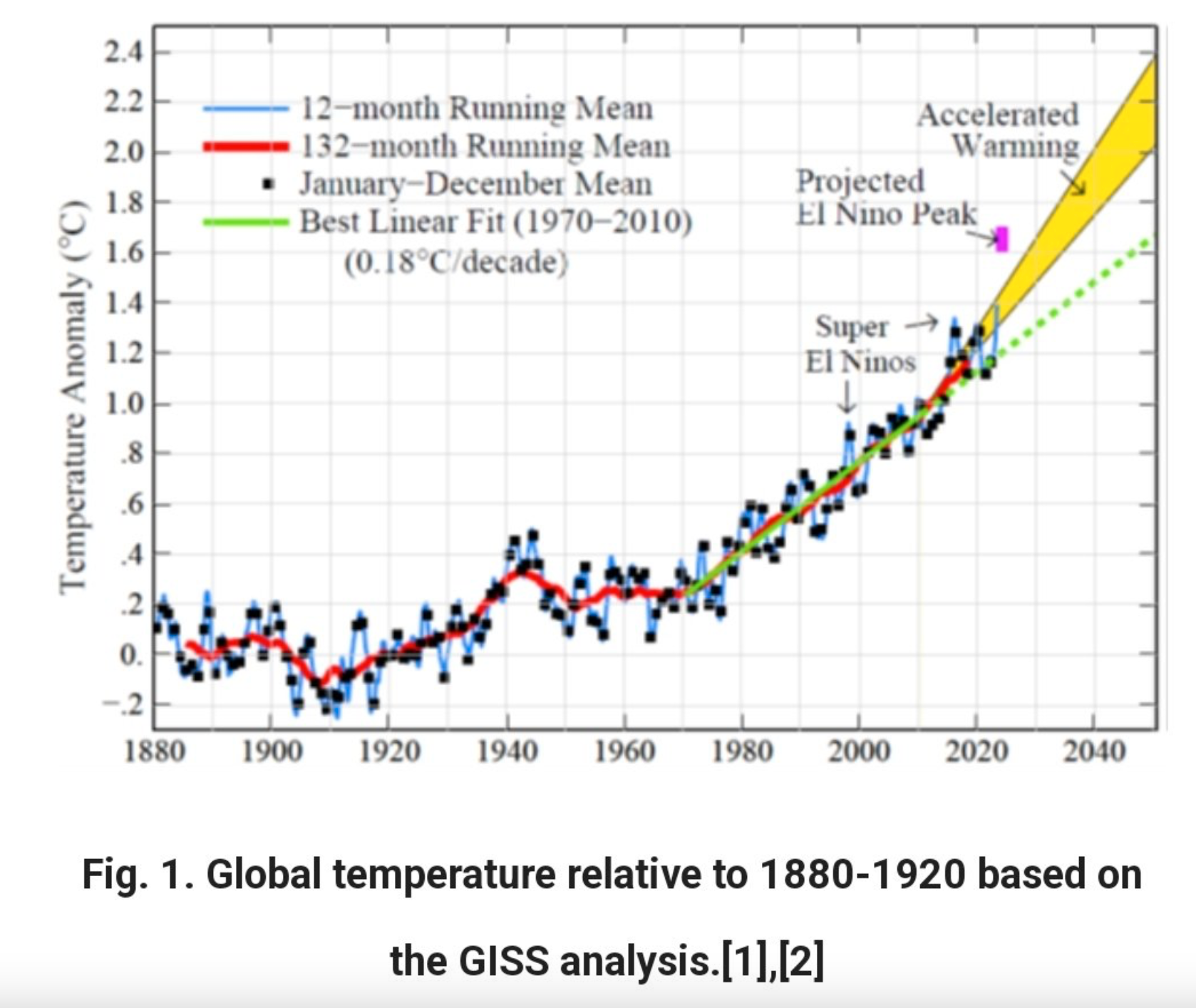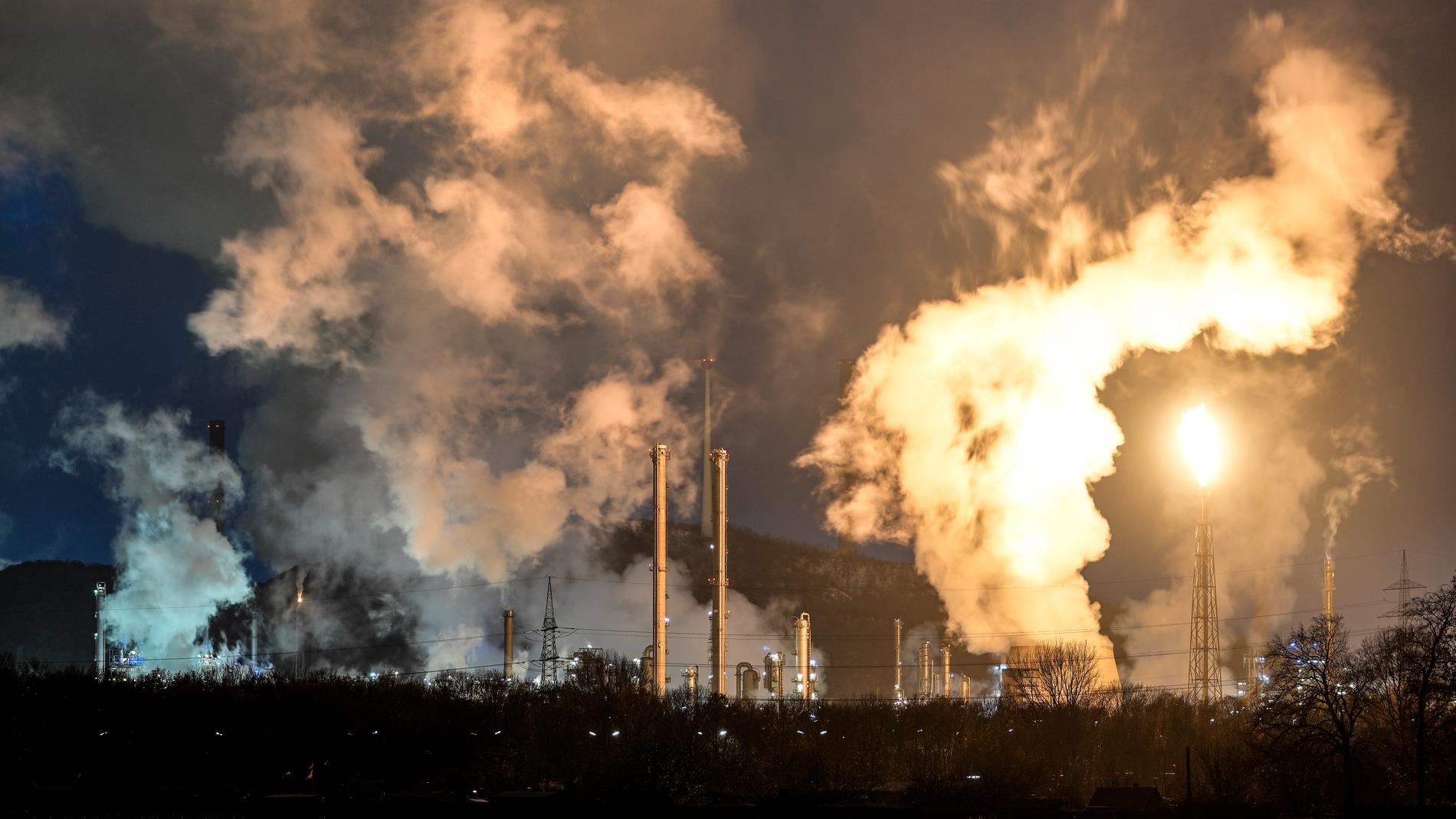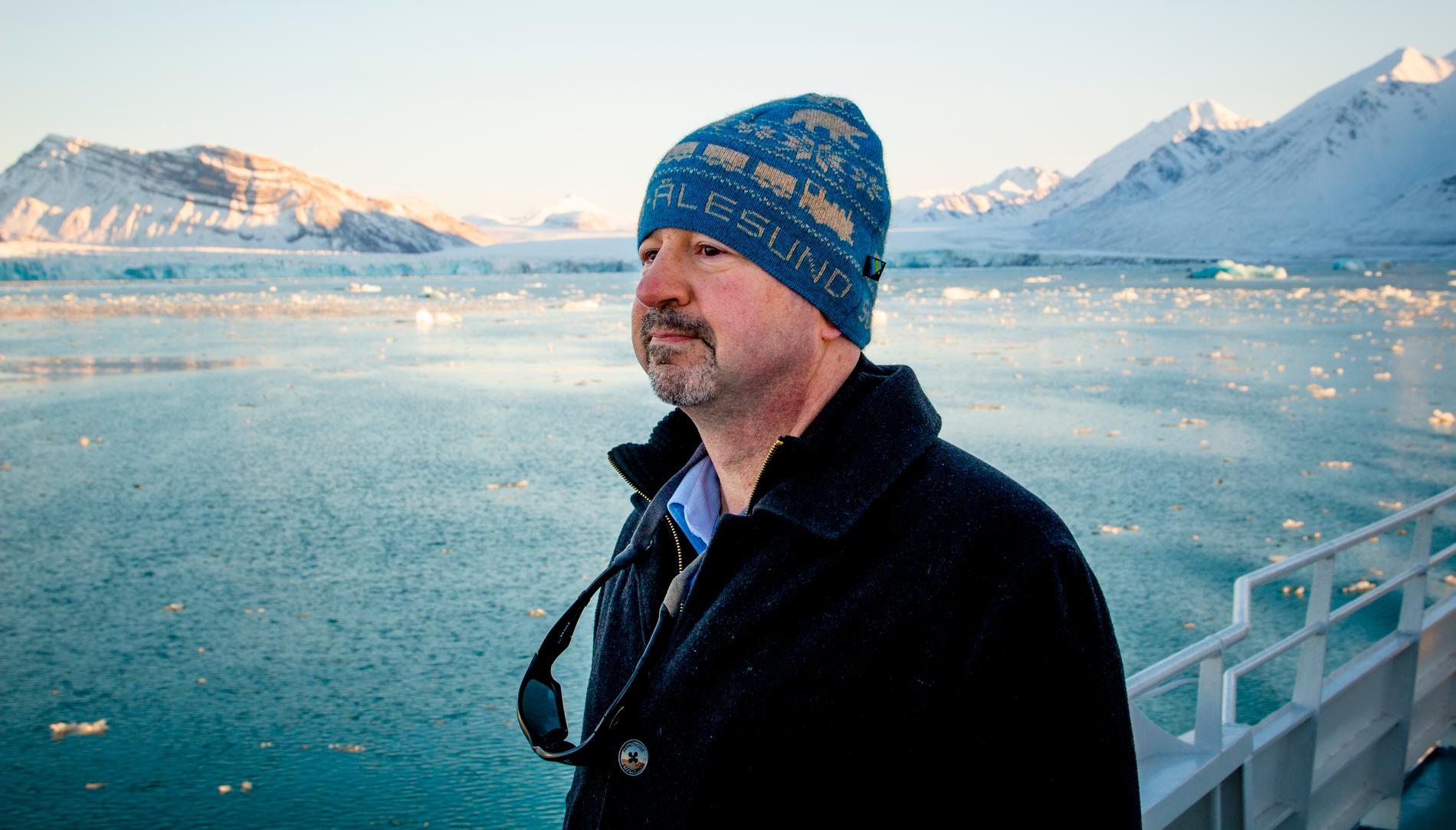Climate & environment
The "climate godfather" may have solved a 40-year-old mystery - everyone hopes he's wrong
Jonathan Jeppsson
News and dig manager
This is a commenting text. Analysis and positions are the writer's.
Updated 22.30 | Published 21.44
A 40-year-old climate mystery may have been solved.
"Climate godfather" James Hansen believes that we have underestimated the rate of warming for a long time - and our future consists in an agreement with the "devil".
Now everyone hopes he is wrong.
How much does the earth warm up if the amount of carbon dioxide in the atmosphere doubles?
It's a question that has occupied climate scientists for decades, and it's not an unimportant one – it's about how sensitive the climate is to greenhouse gases.
Using climate models from the 1980s, the UN's climate panel, IPCC, has calculated that the doubling would mean a warming of three degrees on average.
That in itself is really bad. Yet, some argue, the IPCC has miscalculated completely.
50 percent stronger
One of these is James Hansen, a pioneer in climate research. He was the one who, in the 80s, raised the climate issue before the US Congress for the first time.

James Hansen Photo: Poppe, Cornelius / NTB

James Hansen gives a lecture in Washington, 2008. Photo: Susan Walsh / AP
The alarming truth, says Hansen, is that we have underestimated the effect of carbon dioxide for decades. On the contrary, that effect is 50 percent stronger than we thought.
Hansen supports his conclusions on three pillars – projections using models, climate history going back into our geological past, and ongoing observations.
The IPPC relies on climate models alone – models which, according to Hansen, are no longer valid. As he himself puts it: "We have finally found an answer to a 40-year-old mystery".
And the mystery itself, Hansen believes, is about the fact that we have not previously fully realized the role aerosols play in the warming and cooling of the planet. The warming has for a very long time been masked by cooling particles in the atmosphere, which reflected away the sunlight, for example soot and sulfur particles. These particles come partly from natural sources such as volcanic eruptions, but are also formed when fossil fuels are burned.

More sunlight – more heat
But as emissions become increasingly cleaner and sulfur particles are reduced in the atmosphere, solar radiation has increased significantly over the past 15 years. Researchers have been able to establish that the earth's energy imbalance is now severe - it doubled between 2005 and 2019. And more sunlight reaching the earth's surface, of course, means greater warming.
In recent years, the energy imbalance has increased significantly. There are theories that it is precisely the reduction of aerosols, i.e. sulfur particles in the atmosphere, that may have contributed to this change. A partial declaration could be a decision made in 2020, when new, stricter requirements for marine fuel were introduced.
We have made a ”faustian” agreement, i.e. an agreement with the devil, about the future, in our eagerness to clean up our emissions on aeorsolars, says Hansen.
But his claims have not gone unchallenged.

Saw Hansen's theories
Another really serious climate scientist, Michael Mann, believes that Hansen is out cycling. Sure, the temperature is increasing from year to year, but the rate is steady and steady – no accelerated increase is visible in recent decades. The truth, says Mann, is bad enough in itself. The reduced aerosol emissions from ship traffic are negligible in this context. Mann generally believes that Hansen is too alarmist, too extreme and that he pulls too big gears on the aerosol emissions during the 70s. And he particularly addresses Hansen's ideas about trying to control the climate with so-called "geoengineering".

Climate scientist Michael Mann is critical of Hansen's theories. Photo: Føli, Are / NTB
So who is right? Nobody knows.
For his part, James Hansen believes that although 2023 was a record warm year, 2024 will break all previous limits, with average temperatures of upwards of 1.6-1.7 degrees during periods of the year.
"There will be no arguing about next spring, we will be well above the trend line," Hansen said earlier this year.
In a few months we will know what his predictions were worth.

Inga kommentarer:
Skicka en kommentar